The property market in Dubai is buzzing with headlines – soaring prices, record sales, and a constant influx of wealthy residents.
You’ve been considering investing in one of these ultra-luxurious apartments, lured by the promise of high returns… but then you stumbled across a startling statistic.
The question isn’t just whether they look like a smart investment – it’s whether they truly are, considering recent market shifts and rising costs.
What constitutes a ‘luxury apartment’ in Dubai’s real estate market?
Dubai’s luxury apartments redefine opulent living. Think floor-to-ceiling windows offering stunning views, premium materials like marble and hardwood flooring, and state-of-the-art appliances.
These properties aren’t just about the space itself; they also feature bespoke design elements. You might find custom cabinetry, smart home technology integrated throughout, and designer lighting fixtures. The quality of construction is key too – these apartments are built with top-tier materials and employ meticulous craftsmanship.
Beyond the physical attributes, luxury apartments in Dubai come with a suite of additional services designed to elevate your lifestyle. These often include 24/7 concierge services, private gyms and swimming pools, dedicated security teams, and sometimes even personal shoppers or valet parking. Residents can enjoy convenient access to a wide range of upscale services and features.
How do factors like location, amenities, and construction quality contribute to the value proposition of luxury apartments in Dubai?
Location and luxury amenities dictate Dubai apartment investment value. Being close to places people want to spend their time and money boosts the whole area’s value – it’s simple supply and demand, really.
For example, an apartment overlooking the Burj Khalifa will always be worth more than one tucked away in a less central part of the city. Similarly, proximity to key business districts like DIFC means those apartments are super desirable for professionals.
Then there’s what’s inside – the amenities. Luxury apartments often have amazing features: think rooftop pools with stunning views, state-of-the-art gyms, private beach access, or even concierge services. These things add serious value and make a property more appealing to buyers.
Imagine an apartment with a fully equipped gym, a kids’ club, and 24/7 security – that’s going to attract families willing to pay top dollar. The quality of these amenities directly impacts how much people are willing to spend. Ultimately, robust building standards significantly influence property investment value].
Compared to other high-end residential markets globally (e. g., London, New York), what are the key investment risks and rewards associated with Dubai’s luxury apartment sector?
Dubai’s skyline reflects a booming, glass-and-steel investment trend]. The reason Dubai’s market is different comes down to several things. Firstly, there’s a massive amount of government investment fueling development. Secondly, the population has grown rapidly, creating high demand for housing. And thirdly, historically, property in Dubai has been seen as a relatively safe and stable place to invest compared to some other countries.
Now, let’s compare it to London and New York – places where real estate is huge. In those cities, you’re often paying a massive premium for location and prestige. You might see prices that are way higher than in Dubai simply because of the history and established status of those markets.
However, there are risks too. The rapid growth in Dubai means supply is increasing quickly – more buildings are being built all the time. Unmet demand threatens Dubai’s rising property values [].
What macroeconomic trends – including tourism, population growth, and government policies – are most likely to influence long-term rental yields and property values in Dubai’s luxury apartment market?
Dubai’s property market is driven by a cascading effect of key forces. First off, let’s talk about tourism. Dubai is huge for tourism – seriously huge. The more people visiting, the more demand there is for places to stay, even if they’re super-luxurious. A lot of these apartments are bought by tourists who want a place to call home while they explore.
If you look at the numbers, Dubai gets tens of millions of tourists every year – that’s a massive chunk of people needing places to live, and those rentals tend to hold their value really well because of this constant demand. Plus, with more tourism comes more spending in general – restaurants, shopping, entertainment… it all boosts the economy!
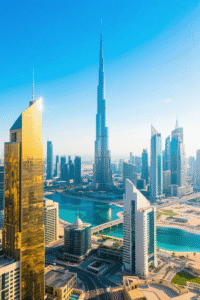
Next up is population growth. Dubai’s been growing fast for a while now, attracting people from all over the world who want to live and work there. This means more families need homes, which naturally increases demand for apartments – especially luxury ones.
The government has made it really easy for people to move there, with relaxed visa rules and lots of job opportunities. That’s drawn a ton of new residents who are willing to spend money on high-end properties. And because the population is growing, so too is the need for more housing – that’s driving up prices as well.
Finally, don’t forget about what the government’s doing! They’ve been making moves like boosting infrastructure (new roads, airports, etc.) and introducing new regulations to encourage development. These strategic initiatives are significantly increasing Dubai’s appeal for residents and investors, consequently raising property values].
What are the potential downsides of investing in Dubai’s luxury apartments (e. g., oversupply, fluctuating demand) and how can investors mitigate these risks?
Dubai’s luxury apartment market faces a looming oversupply. Plus, how people want to use those spaces can change quickly, leading to shifts in demand.
Think about it like this: if a bunch of developers build tons of high-end apartments all at once, there’s going to be more supply than people wanting to buy or rent them out. This means prices could drop, and you might not make as much money as you hoped. Also, the number of tourists visiting Dubai can change depending on the economy, and that impacts how many people want to live in a luxurious space – if fewer tourists come, demand for these apartments goes down too.
So, what can you do to lessen those risks? It’s all about being smart and prepared. Careful research is key! First, really dig into where the apartments are located. Are they in super-popular areas or somewhere less desirable? Second, look at who’s building them – established developers tend to be more reliable than smaller ones. Third, consider how many similar buildings are already being built nearby. Ultimately, fluctuating economic factors significantly influence luxury apartment investment potential.
Based on current market data and projections, what specific types of luxury apartments in Dubai offer the most promising investment opportunities for a long-term hold?
Prime Dubai addresses offer lucrative investment potential. These locations are super popular because they’re close to everything: shopping malls, amazing restaurants, and easy access to the metro. This means lots of people want to live there, which usually keeps demand high. Look at properties with premium amenities – think huge pools, gyms, and concierge services. Apartments that offer these kinds of perks tend to attract wealthier buyers and renters. These extra features can make them more desirable and maintain their value over time. Focus on locations within established communities with strong rental yields – like Emirates Hills or Jumeirah Beach Residences. These areas have a reputation for quality living, which drives consistent demand for rentals. Plus, they’re often built by well-known developers, adding to their desirability and value. Consider properties boasting exceptional views, such as those near the Palm Jumeirah.
Dubai’s luxury apartment market a smart move… or just a really expensive gamble? Everyone talks about getting rich quick, and sometimes flashy places like Dubai seem to offer that promise.
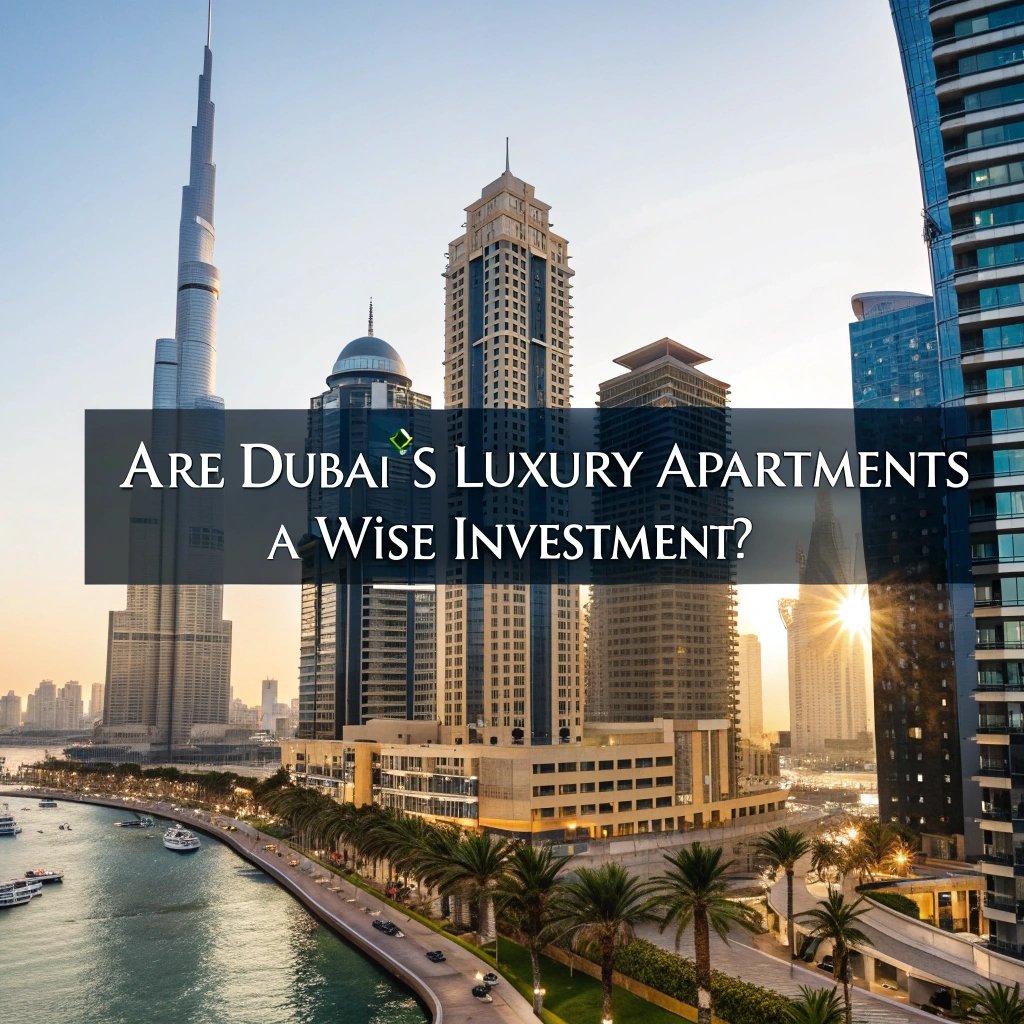


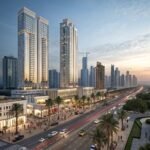
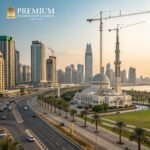
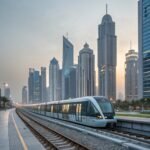
Leave a comment